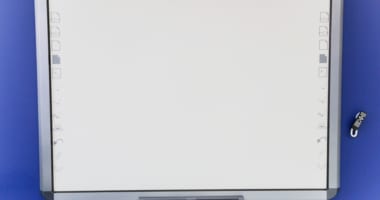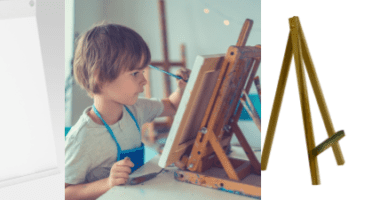Augmentative Communication Devices
What is it?
Augmentative Communication Devices help students with low or no verbal speech communicate their needs. They can be simple buttons with pre-programmed speech, a complicated app on an iPad where students can find or type in specific responses, and everything in between.
Where is it found?
Individual students may have communication devices that they will usually keep with them throughout the day.
How do I use it?
Work with Classroom Teachers and Related Service Providers (especially Speech Language Pathologists) to best utilize communication devices in your arts residencies. You may need to pre-program responses and/or dialogue into the device for a student to access during your lesson—this may require advanced planning and communication with the classroom teaching team. Allow more time for responses. You may need to make sure the volume is turned up all the way or utilize a microphone in combination with the device so that everyone can hear the communication clearly. If you are working with a fast-recording button type device, try having another student record the response so that the voice is a student voice rather than your adult Teaching Artist voice.
Tips
- Work together with Classroom Professionals and Speech Therapists to integrate the classroom cues into devices so the student is using the same language throughout the school day.
- Buy a set of recordable buzzers for a cheaper option to use in games or to pre-program verbal response choices for your arts residency.



